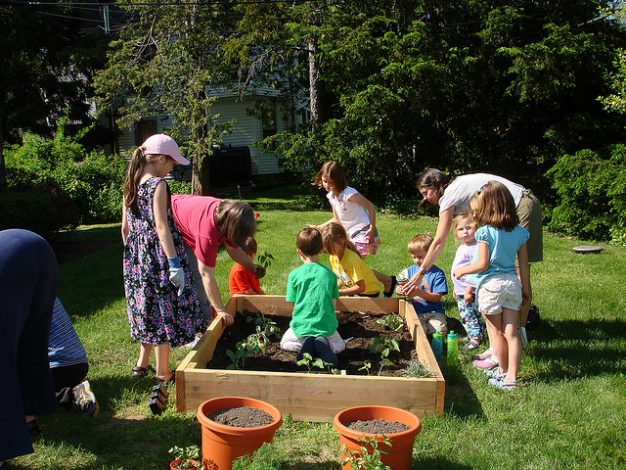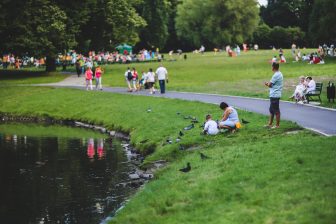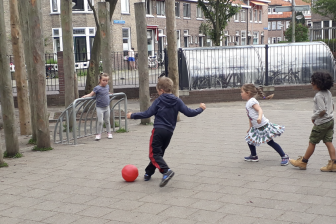
Allergy-friendly gardening helps children with asthma
Over 350 million adults and children worldwide are affected by asthma according the World Health Association. 25 million citizens of the USA have asthma of which are 6 million children. In Australia, 1 in 10 citizens have asthma. In Canada, there are over 7 million citizens with asthma and 8% of all the children have asthma. How many in the EU countries?
Allergy-friendly gardening
Allergies and asthma are both now considered to be epidemic, and they are getting worse every year. This phenomenon is strictly urban and most of these allergies are being triggered directly by the planted landscape. Allergy friendly gardening is gardening and landscaping that is considerate by many people, who have allergies or asthma. It is horticulture that is respectful of this ever growing segment of our population… in particular the children.
A child who develops pollen allergies is then twice as likely to develop food allergies (anaphylaxis) and or asthma. Safe landscaping of schools is one of the main aims of allergy friendly gardening. Above all, we believe that it makes no sense whatsoever to plant any highly allergenic plant close to where people live, work, play or go to school. Especially since for every allergenic plant now being sold, there are other perfectly good allergy friendly plants to use instead.
Asthma risk factors
According the University of Queensland and the UK Bristol University found the risk of asthma increased by 55%, when every extra unit of body mass index (BMI). BMI is a measure of body fat based on the weight and height of each child measured. Obesity is not only tight to asthma but also to diabetes and heart problems.
The serious question is why are we planting shrubs and trees in our parks, street trees and schoolyards which are highly allergenic to the present citizens and future generations?
What will your ‘legacy’ be, with the tree planting choices for your children, grandchildren, family and friends?
Photo by Darien Library (www.flickr.com/photos/darienlibrary/2536633631/)



